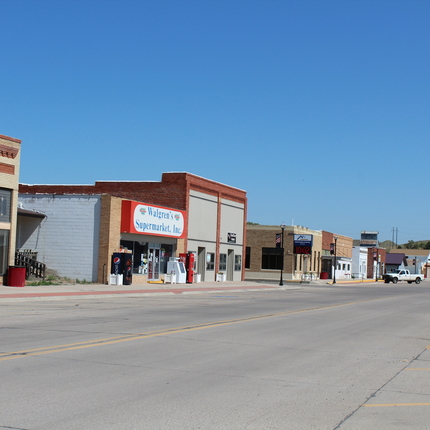By Jordan Rasmussen, former staff member
In our state’s rural communities, where the food that feeds the world is grown, food insecurity is endured by thousands of children, seniors, and hardworking Nebraskans. The Supplemental Nutrition Assistance Program (SNAP) helps stave off hunger for 1 in 11 Nebraskans.
Yet, the president’s 2019 budget outlines a nearly $214 billion cut to SNAP over the next decade. A cut of this magnitude would undoubtedly impact rural Nebraskans.
Formerly known as the nation’s food stamp program, from 2010 to 2015, rural Nebraska’s SNAP participation rate rose from 6.4 percent to 7.6 percent. Even with this growth, rural SNAP participation lags behind, despite the need demonstrated by rural poverty rates.
Given the socioeconomics of rural Nebraska, the importance of SNAP is heightened. SNAP exists as a resource to help negate concerns of food security for seniors with limited incomes as they care for themselves and balance expenses. The program is also a resource for rural families with children under the age of 18, providing nutrition that is essential for childhood development.
In rural Nebraska, it is estimated that SNAP provides assistance to 4.6 percent of households with a resident over the age of 60 and 14.4 percent of households with children.
As policymakers deliberate the funding and future of SNAP in the 2018 farm bill and broader entitlement reforms, SNAP must be recognized as an investment in rural Nebraska. SNAP is, and needs to be, maintained as a critical safeguard against food insecurity and poverty for rural residents of our state.





